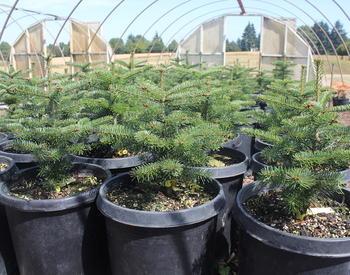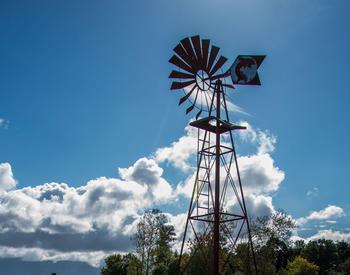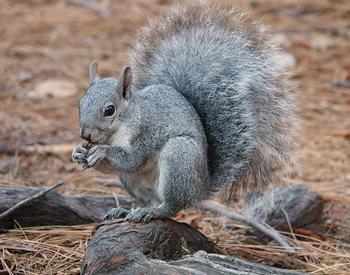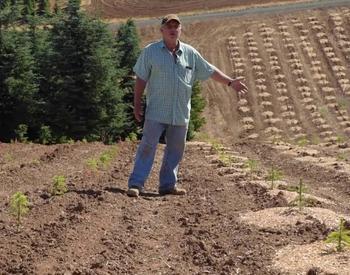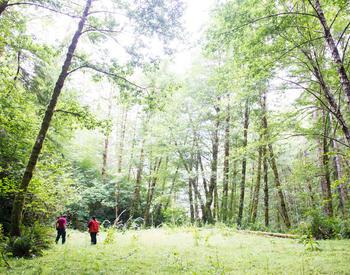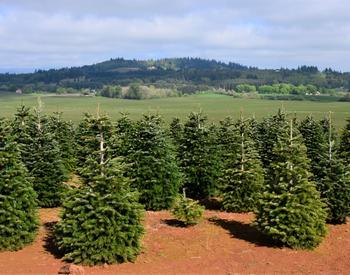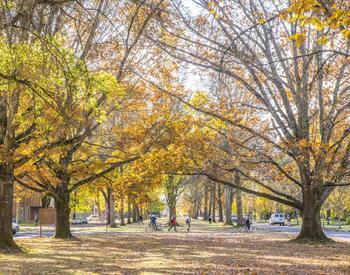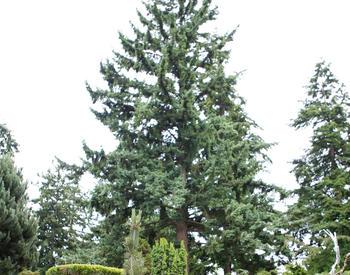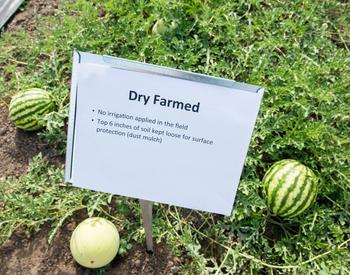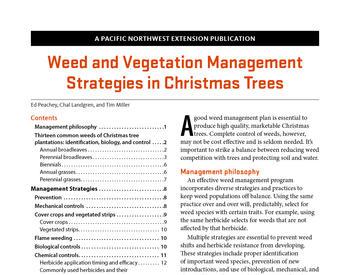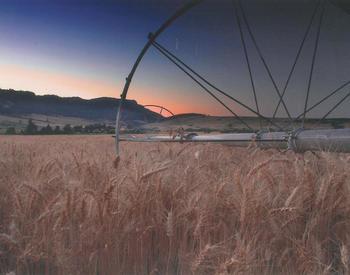Since 2010, the Willamette Valley has experienced six years of near normal rainfall, along with the same number of below normal rainfall years. Summers have been longer and hotter.
These conditions have been particularly difficult for newly planted noble fir trees in Christmas tree plantations, according to Chal Landgren, Christmas tree specialist for the Oregon State University Extension Service.
Since very few Christmas tree growers have installed irrigation, trees need to make do with available soil moisture to survive, Landgren said. Tree roots expand after planting to capture moisture, but in years when the soil is dry by August, the trees lose out. First, trees wilt then needles turn red and roots die.
The percentage of trees that succumb, will depend on the year and the field, but growers have experienced up to 90% mortality, according to Landgren. Mature trees with deeper roots are better prepared to survive until fall rain returns.
Consumers will notice an uneven supply of noble fir going forward, as some years had adequate rainfall, some did not. Noble fir requires between seven and nine years to reach harvest size so the supply picture will be a bit uneven going forward.
Growers and Oregon State University continuously look at novel ways to improve first year planting success. Drip irrigation from large tanks, water basins around trees and tractor walk behind hose watering are two watering methods that growers are using. Both are expensive, Landgren noted.
Other research involves improving tree root growth or conserving available soil moisture. OSU and growers have experimented with various mycorrhizal, nutrient mixtures and water-attracting compounds,. But after numerous treatment trials, the most successful solution involves conserving available soil moisture via placing course wood chips around the bases of planted trees. In dry years, survival has improved by 20% on trees with mulch. Growers are also planting tree species other than noble fir, such as Douglas-fir or Turkish fir that survive better in the drought summers.
